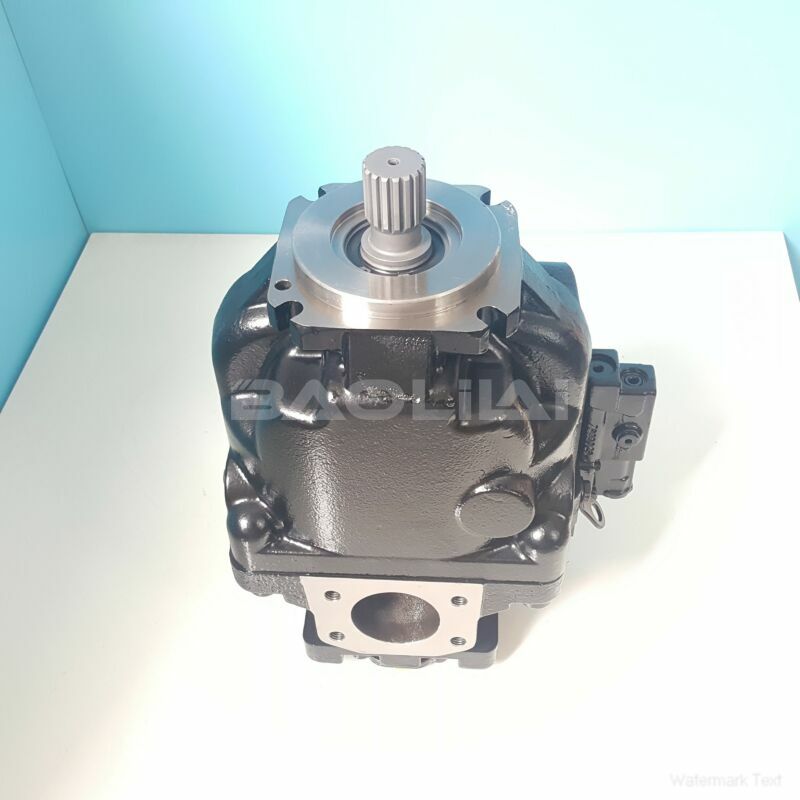ERL130BLS2620NNN3S2CPA1NNNNNNNNNN hydraulic pump
ERL130BLS2620NNN3S2CPA1NNNNNNNNNN hydraulic pump

- Product Details
- Applicable Scene
In the landscape of industrial manufacturing, the efficiency and reliability of fluid handling systems are crucial for seamless operations. Among the various types of pumps available, plunger pumps have carved out a significant niche due to their unique design and operational advantages. This article explores the role of plunger pumps in industrial settings and discusses strategies for optimizing fluid handling processes.
ER-L-130B-LS-26-20-NN-N-3-S2CP-A1N-NNN-NNN-NNN
ERL130BLS2620NNN3S2CPA1NNNNNNNNNN
Plunger pumps, also known as piston pumps, operate by utilizing a reciprocating plunger to create pressure and move fluids through the system. They are particularly effective for high-pressure applications and are capable of handling a wide range of fluid viscosities, making them ideal for diverse industrial uses, including chemical processing, water treatment, and oil extraction.

83037960
One of the primary advantages of plunger pumps is their ability to deliver a consistent flow rate, even under varying pressure conditions. This feature is essential in industrial manufacturing, where precise fluid handling is critical for maintaining product quality and preventing downtime. Additionally, the robust construction of plunger pumps ensures their longevity and reliability, which is vital in preventing costly interruptions in production.
To optimize the use of plunger pumps in fluid handling systems, several best practices can be implemented:
Proper Selection: The first step in optimizing a plunger pump system is carefully selecting the appropriate pump for the specific application. Factors such as fluid type, viscosity, pressure requirements, and flow rate need to be considered. Working closely with manufacturers or suppliers can help ensure the right match for the operational needs.
Regular Maintenance: Routine maintenance is essential to keep plunger pumps operating efficiently. This includes regular inspections, cleaning, and replacement of worn parts. Implementing a proactive maintenance schedule can prevent unexpected failures and extend the lifespan of the pump.





